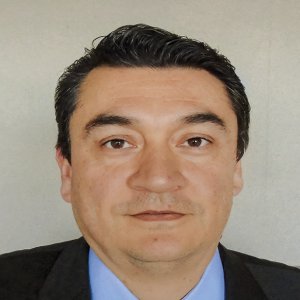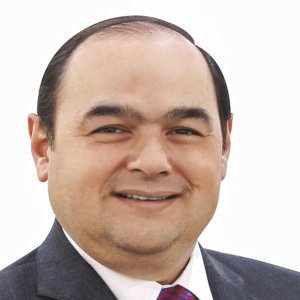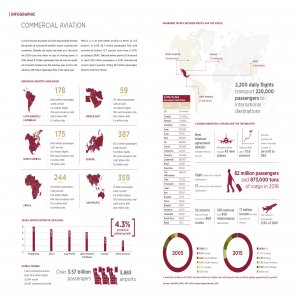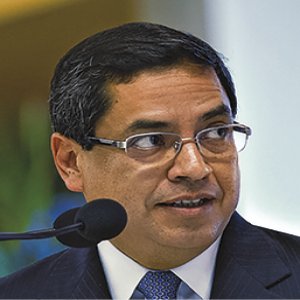Splitting Services to Better Handle the Market

STORY INLINE POST
Mexico’s rapidly growing private aircraft fleet has created the need for a large number of companies to service them. Toluca-based Servicios Aereos Estrella (SAE) sees investing in MRO as a sure-fire strategy for growth in the aviation industry and investing in diversification as a safeguard to corporate survival, especially in the current economic climate.
To take full advantage of emerging opportunities, the company separated its MRO operations from its FBO and chartered flights. The former now flies under new branding, as CIMA Aviación. “MRO services in Toluca will continue to grow mainly due to the peso-dollar exchange rate,” says Juan Simón, Director General of CIMA Aviación and SAE. “Mexican aircraft owners are now thinking twice about sending their aircraft to the US for repair because the cost of labor is even more expensive once the exchange rate is accounted for. As a result, this year CIMA is seeing more customers than in the past two or three.”
Supply has risen to meet demand for service providers. Mexico’s fleet surpassed five figures in 2016 with 10,081 registered aircraft, only 2,414 of which are for commercial operations. An ever-expanding private aircraft fleet totaled 7,092 in 2016, almost 200 more than the previous year, according to DGAC. The remaining 575 aircraft are dedicated to governmental use
Having started operations over 25 years ago as an FBO, SAE now incorporates MRO, charter and fractional aircraft ownership operations too. Simón says the company can claim the largest FBO in Toluca International Airport (AIT), a fleet of 14 charter aircraft and aircraft administration services. Its expansion in operations has been positive for the company. “2016 was a good year for SAE as a whole, though most of our profit comes from FBO operations,” says Simón. “Our FBO now operates approximately 50 aircraft and the service center receives 60 aircraft for maintenance per year.”
In a virtuous cycle, this growth has led to more investment, including the relocation of the company’s maintenance facility within AIT and expanding its FBO operations. “We are modernizing our FBO facilities, having reorganized our charter operations, as we are becoming more selective about which aircraft we manage or operate.” The company is now building a third hangar for MRO operations, which Simón says will be the most modern in Latin America.
With growth comes a need to diversify infrastructure and employees. “We can no longer gather our MRO, FBO, charter and fractional ownership operations under the same umbrella as they all require different skills, personnel and facilities. We separated the company’s MRO services into CIMA Aviación, which began operations in June 2017.” CIMA Aviación stands for Aeronautics Engineering and Maintenance Center (Centro de Ingeniería y Mantenimiento Aeronáutico) and services Twin Commander, Piper and Bombardier aircraft, including the Challenger and Learjet. SAE’s MRO has been authorized to attend to Bombardier aircraft for the past 20 years and is part of the OEM’s Technical Council. CIMA Aviación will continue to have this participation. The MRO fully complies with DGAC, FAA, Safety Management Systems (SMS) and Bombardier safety and security manuals, says Simón, and it expects to obtain the IS-BAO certification in the last quarter of 2017. “Few companies in AIT comply with all these requirements as most have only DGAC certifications,” says Simón. “In professional installation and technicians, we have no competition.” Furthermore, the company's FAA certification allows it to work on US aircraft, and close relationships with MROs in the US, including Duncan Aviation and Dallas Airmotive.
As Mexico’s economy and number of businesses continue to grow, it is to be expected that the number of private aircraft will continue to increase. “Executive aviation helps businessmen to save time and improve their business. A private aircraft can visit four cities in one day, while it would take several in a commercial aircraft. Flying commercial implies a significant amount of time spent in airports,” says Simón. “Furthermore, Mexican highways are not entirely safe, which is motivating people to fly more.” Considering these circumstances, Simón believes that executive aviation will only continue to grow. “Year after year, MROs in Mexico become more competitive in comparison to the US.”























